SUMMARY
This is AI generated summarization, which may have errors. For context, always refer to the full article.
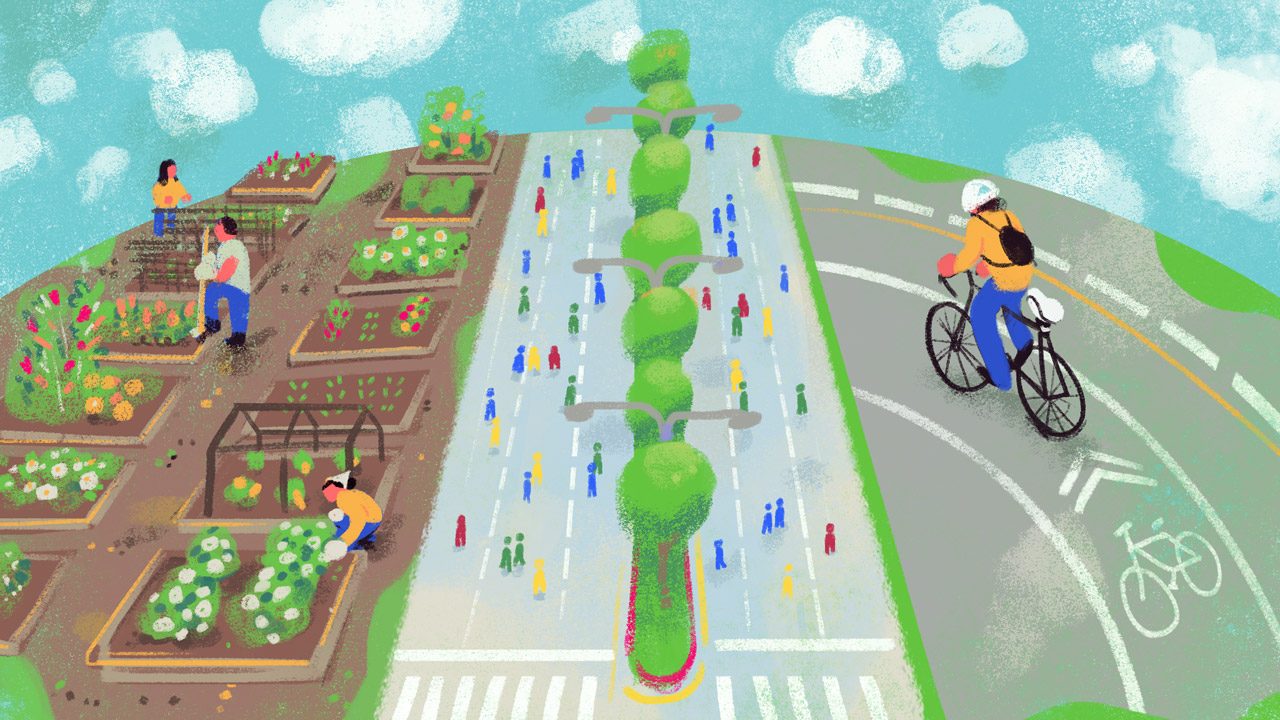
MANILA, Philippines – For the longest time, going green has been about making sound lifestyle choices to protect the environment.
When a new year enters, typical resolutions include healthier choices (read: hitting the gym regularly or quitting smoking) and greener, more eco-friendly ways of doing chores.
Some common items in one’s New Year’s resolutions list: I will bring my own reusable bag and containers when doing groceries. I will pack metal straws, utensils, and tumblers wherever I go. I will start eating less meat and more plants.
While individual consumption choices encourage awareness that could eventually affect behavioral change, reversing climate impacts requires a reimagining of how whole communities work.
This realization is not lost on those who had switched to greener lifestyles only to find out the plastic crisis – and the problem of the burning world, for that matter – did not cease to exist.
Froilan Grate, executive director of the Global Alliance for Incinerator Alternatives, said in a The Green Report episode last July that the fixation on individual capacity was caused by the prevalent messaging of blaming people for pollution and environmental degradation – say, a plastic straw stuck in a turtle’s nostril.
Grate said making a lifestyle out of individual green choices doesn’t mean overlooking the systemic problem of pollution and the climate crisis.
“This is not a replacement. This is not to excuse the system…and the real culprits: the corporations,” he explained.
But there are things people can do. After all, Grate said, more people are taking matters into their own hands. “What’s good in our generation now is we’re able to take ownership of the things that are important to us and do stuff that are necessary.”

So, what can we do?
What are some of these initiatives people can take to create greener communities?
Start a community garden. In a green community, food is grown locally to cut down on food miles and greenhouse gas emissions, ensure fresh produce within the vicinity, and reduce plastic packaging materials.
Louie Gutierrez, founder of the nongovernmental organization Urban Farmers PH, started a community garden during the pandemic in an empty lot inside their village in Makati City.
Since then, Gutierrez has started a 1,500-square-meter community garden in another empty lot in Bonifacio Global City. Among its produce are radishes, lettuce, pako, eggplant, tomato, herbs, bananas, and malunggay.
People can visit the garden, pick the vegetables they need, and buy them. Gutierrez told Rappler in an interview that having people buy their vegetables directly from the gardens makes people more appreciative and mindful of the food they consume.
They’ve also held workshops to encourage more people to start community gardens in their area.
“It’s not commercially viable,” Gutierrez said, “but it feeds communities.”
To close the loop, they turn waste to vermicompost.
A rooftop garden is another option in urban areas with towers and high-rise buildings. This can be done by companies thinking of ways to utilize idle spaces.
Join or start an active mobility community. A thriving community of active transport users is always a good sign. It signifies a neighborhood or a village that thinks beyond the car-centric mindset that afflicts many polluted cities.
It also means an area prioritizes safety.
Geri Amarnani, one of the founders of the Pinay Bike Commuter Facebook group, recommended joining group rides for those who are only beginning to try bike commuting.
For Amarnani, joining communities would lessen the fear of going out on two wheels in chaotic Metro Manila. These spaces can also provide access to tips and possible routes. Along the way, one can meet new friends and like-minded people.
“When you see that there are a lot of you biking, it will really boost your confidence,” Amarnani said in a previous The Green Report episode.

Beyond learning to weave through traffic safely, engaging with active mobility groups could easily turn into an advocacy to improve the bike infrastructure on roads and major highways.
After discovering the wonders of riding on two wheels from one point to another, you would want others to experience the same – of course, under friendlier and safer conditions.
More bikers on the road would induce demand for better infrastructure. Better infrastructure would encourage more bikers on the road.
After the cycling boom, many local government units backpedaled on the bike lanes they installed during the pandemic. But mobility groups that sprouted during the same period survived and continue to promote active transport culture.
Amarnani, who is a mother herself, noted that bike commuting has given her more time to take care of her children. In plans laid out for a greener economy, taking care of family and others is considered low-carbon work.
According to the Australian-based United Workers Union, for something to be considered low-carbon work, it must be “non-extractive and vital for having a healthy and functioning society.”
“Do you think that a painted bike lane would convince a mother to bike in EDSA? Of course not. It would take a lot of guts,” Amarnani said in a mix of English and Filipino.
“How many hours were wasted that should have been used to take care of children…parents, family?”
Advocate for car-free spaces. Car-free spaces can reduce air pollution and greenhouse gas emissions, as well as benefit public health. Right now, these are implemented in Emerald Avenue in Pasig City and Ayala Avenue in Makati City.
In Baguio City, the famous Session Road is closed every Sunday. When closed, the uphill road becomes a space for dancing children and locals making chalk art. Once a week, residents and tourists alike can enjoy strolling up and down Session Road without the threat of public vehicles.
Because cars are not allowed, people who want to visit these spaces could bike or walk to the area. In Emerald Avenue, volunteers hold bike lessons for those who want to learn.
These are called people’s streets. Here’s how your community can push for the pedestrianization of select streets in your neighborhood.
Not mutually exclusive
John Leo Algo, national coordinator of the coalition Aksyon Klima, said that a stronger emphasis on collective action pushes the question of “how individuals should work together to raise ambition and action, not in isolation.”
But Algo was also quick to clarify that individual lifestyle choices to be green and community initiatives are not mutually exclusive.
“You can’t have collective action without individual awareness,” he told Rappler in a message. “Not to mention how you’d get people to relate to or care about green issues.” – Rappler.com
If you want to share your green resolutions for the new year – both for yourself and your community – download the Rappler Communities app. You can also access the web version of the app here.
Join the climate change channel to speak with editors, reporters, and people concerned with the environment and the climate crisis.
Add a comment
How does this make you feel?
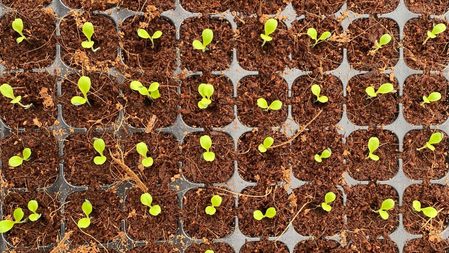



![[ANALYSIS] How one company boosts farmer productivity inside the farm gate](https://www.rappler.com/tachyon/2024/06/bioprime-farmgate-farmer-productivity-boost.jpg?resize=257%2C257&crop=465px%2C0px%2C1080px%2C1080px)












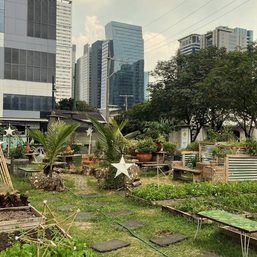
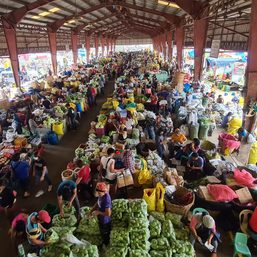
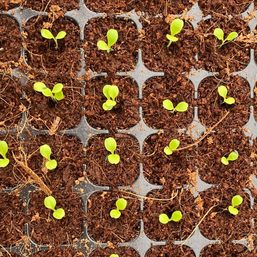
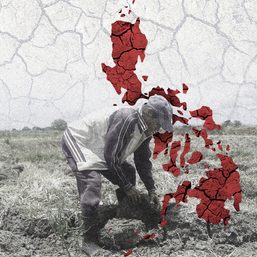

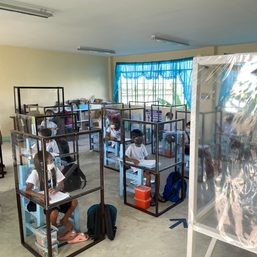

There are no comments yet. Add your comment to start the conversation.